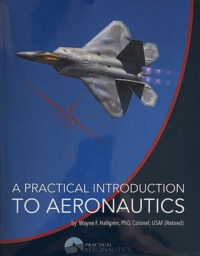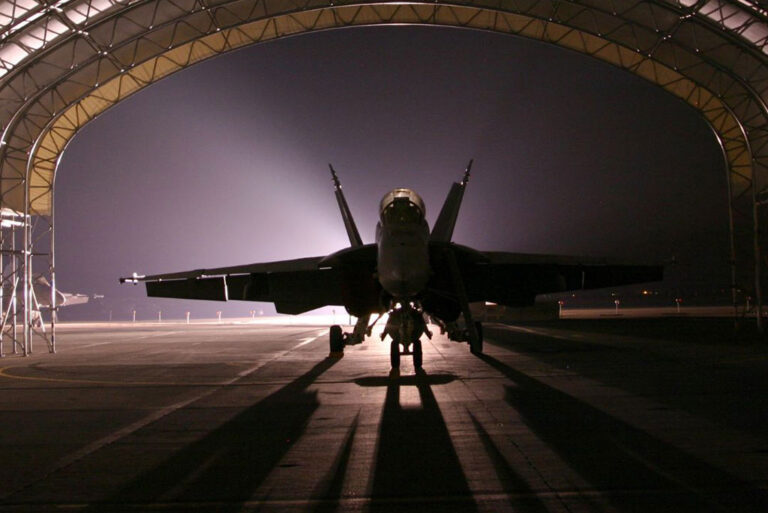Aeronautics Courses
We offer two Aeronautics Short Courses

Introduction to Aeronautics
A Practical Perspective
32 hour short course
After taking this short course, you will never look at an airplane the same again! Using design as a common thread, this 32 hour course answers questions like: High wing placement or low? Swept or unswept? One vertical stabilizer or two? Canard or conventional configuration? Turbofan or turbojet?
“Understanding why things are designed will help me better understand how best to repair and troubleshoot on our aging aircraft”
Oklahoma City, Oklahoma
“This course has helped me make the connection from theory (school) and work (application).”
Oklahoma City, Oklahoma
“Now I at least have a better understanding of the tasks the engineers on my project are working in. There are so many more factors associated with flying than I previously was aware of.”
Hampton, Virginia
“Made complex material less intimidating and conquerable. I feel very equipped to look at an aircraft and understand why it is designed the way it is”
Dayton, Ohio
Packed full of examples, you will graduate with a solid understanding of the basics of aeronautics and the give-and-take inherent to aircraft design. With clear lesson objectives, the key aspects of aeronautics are presented:
- Low and High-Speed Aerodynamics Lift: Sources of Drag — Stall — Mach Number Effects — Designing for Speed
- Stability and Control: Ailerons, Elevator, and Rudder — Designing for Roll, Pitch, and Yaw Stability
- Structures and Materials: Ribs, Spars, and Pressure Bulkheads — G-Loading — Landing Gear…Composites
- Propulsion Systems: Propellers to SCRAMjets — Compressor, Combustor, and Turbine — Aircraft & Engine(s) Integration
- Aircraft Performance: Thrust Curves, Range and Endurance, Glides, Climbs, Takeoffs and Landings, and Turns

Although the focus is clearly on conventional airplanes, discussion will “stray” to other air vehicles, including airships, helicopters, UAVs, and stealth, hypersonic, STOL, and micro-air vehicles. You will be given a set of course notes and a copy of A Practical Introduction to Aeronautics, a reference specifically written by our company co-founder, Wayne Hallgren, for PAI’s aeronautics courses. A field trip will reinforce the learning objectives. 3.2 Continuing Education Units (CEUs) are awarded.

Fundamentals of Flight
A Practical Overview of Aeronautics
20 hour short course
This course is a condensed version of our 32 hour Introduction to Aeronautics course.
This 20 hour short course is all about airplanes, how they fly and why they look the way they do. From a very practical perspective, you’ll be introduced to the key aspects of aeronautics, including: low and high speed aerodynamics, stability and control, structures, and propulsion systems. Airplane performance and design tradeoffs are weaved throughout the discussion. A field trip will reinforce the learning objectives.
“The information presented gave a good overview of the big picture…This course presented the info in a way that not only teaches, but also opens people’s eyes to see what we are a part of.”
Ogden, Utah
“This was a great class for new trainees and journeymen. The course helped me understand my customer better allowing me to provide better support”
Warner Robins, Georgia
“Better know and understand both the products and foundations of many concepts/designs. Made me more excited/passionate about the products and aerospace industry”
North Charleston, South Carolina
“Worked in engines 15 years, would have liked to have had this course a long time ago. Very good info”
Oklahoma City, Oklahoma
This course covers much of the same material as Intro to Aeronautics, but not in as much depth, and is designed for anyone working directly or indirectly in the field of aviation. A building-block approach is used. You will be given a set of course notes and a copy of A Practical Introduction to Aeronautics, a reference specifically written for PAI’s aeronautics courses. 2.0 Continuing Education Units (CEUs) are awarded.
What’s Special about Practical Aero Courses?
Unique Content Design, Systems Focus,
Unique Teaching Style, Building Block Approach
